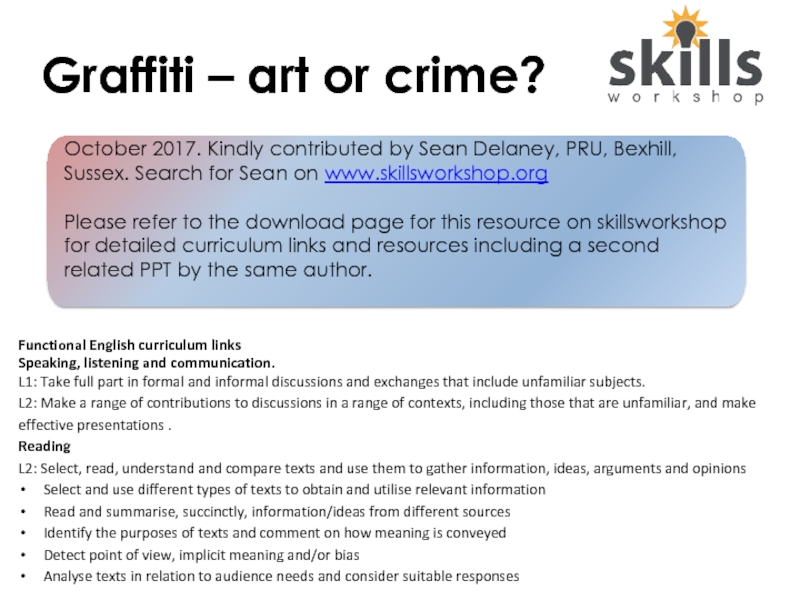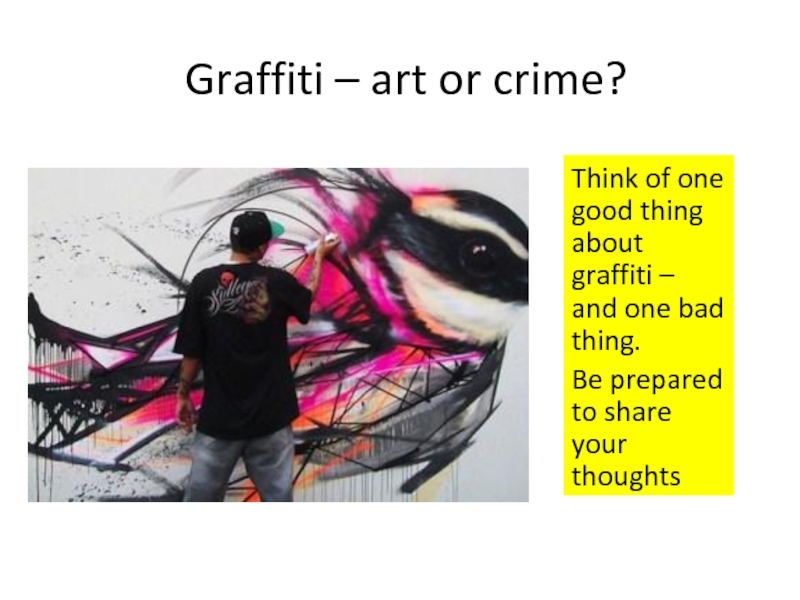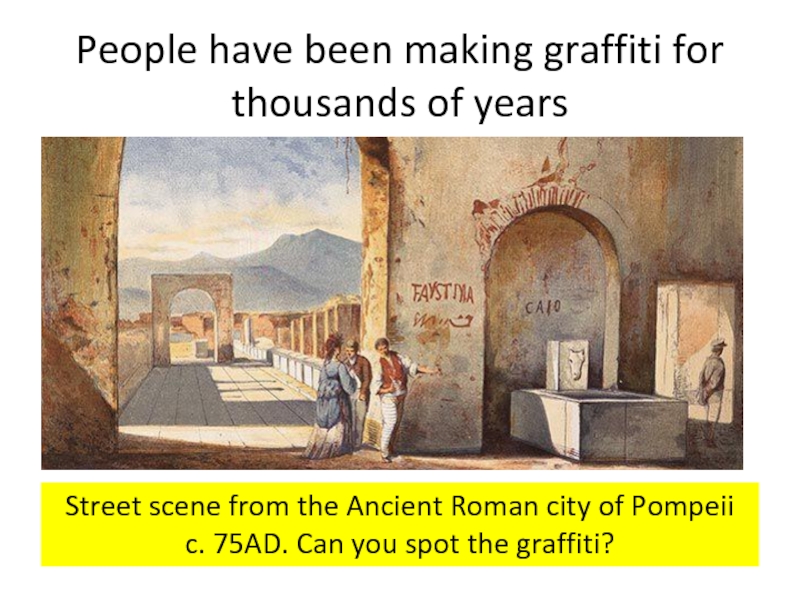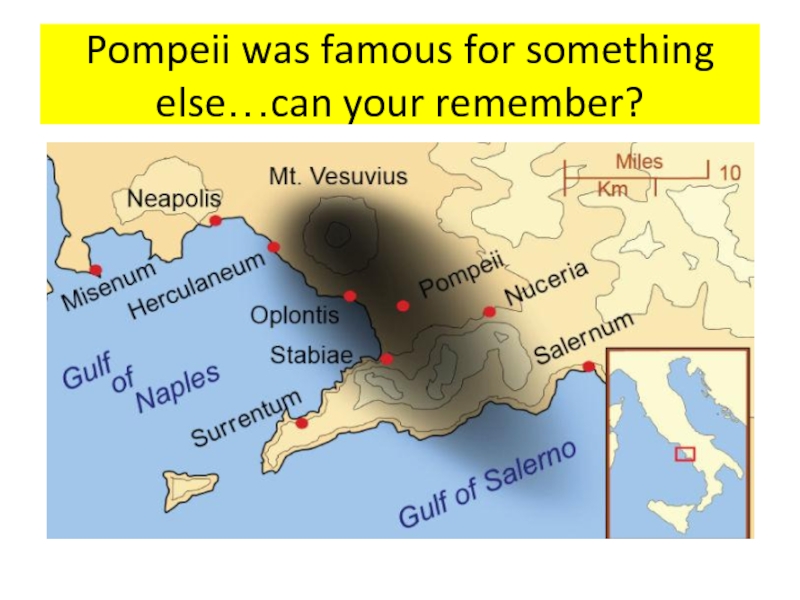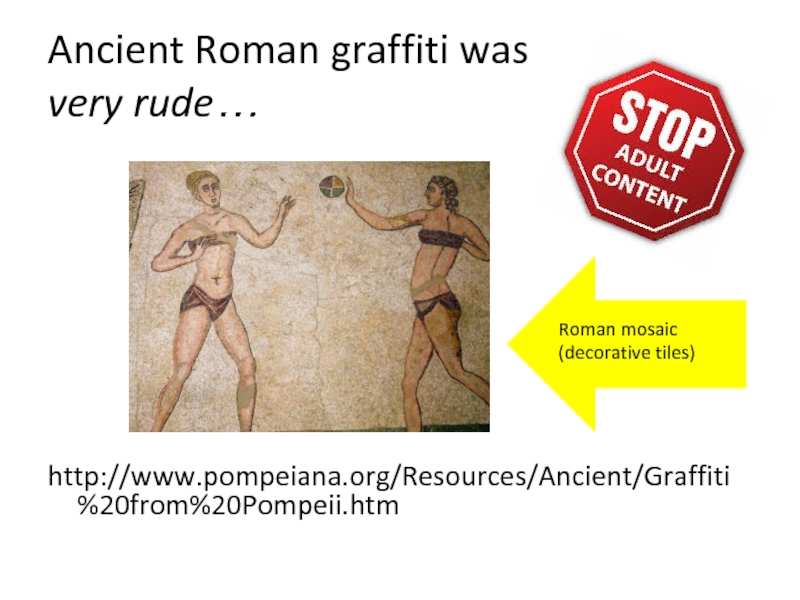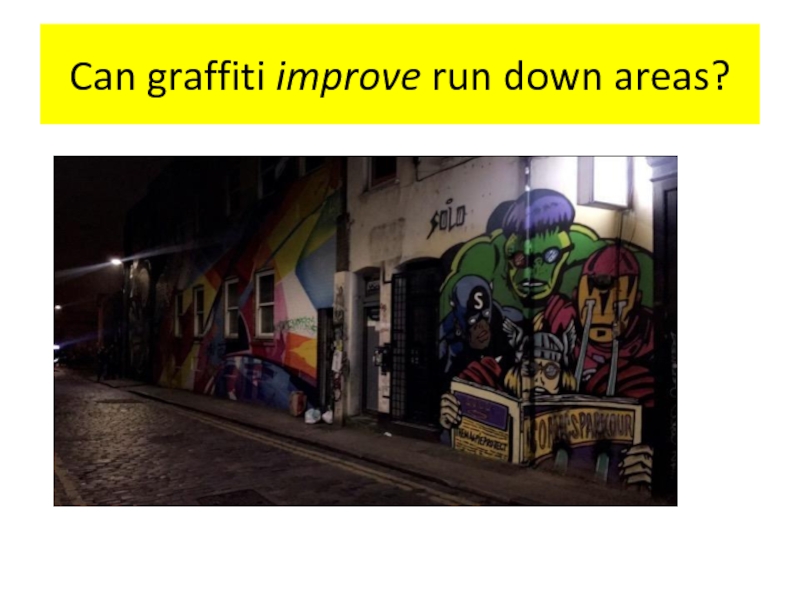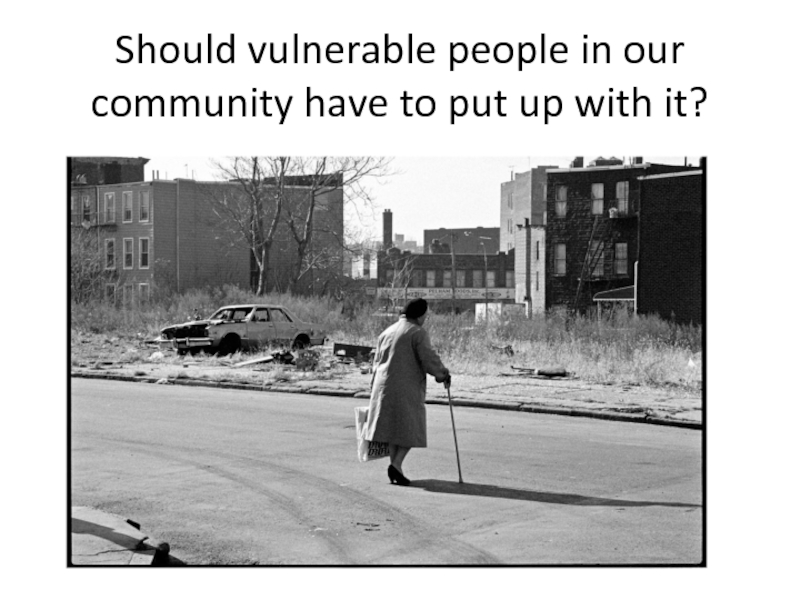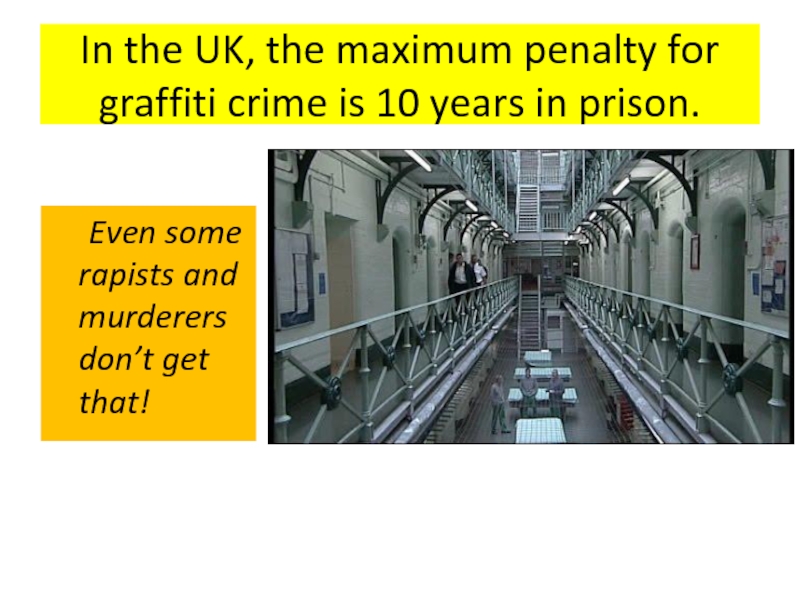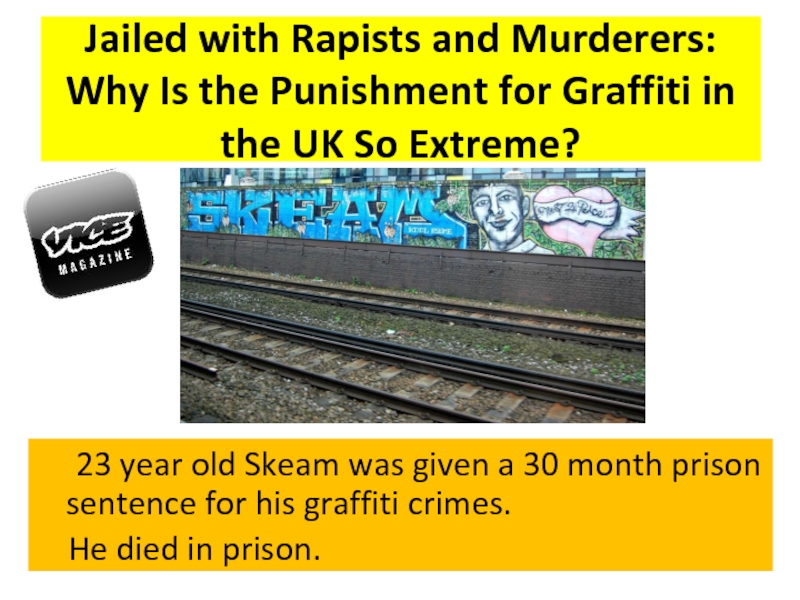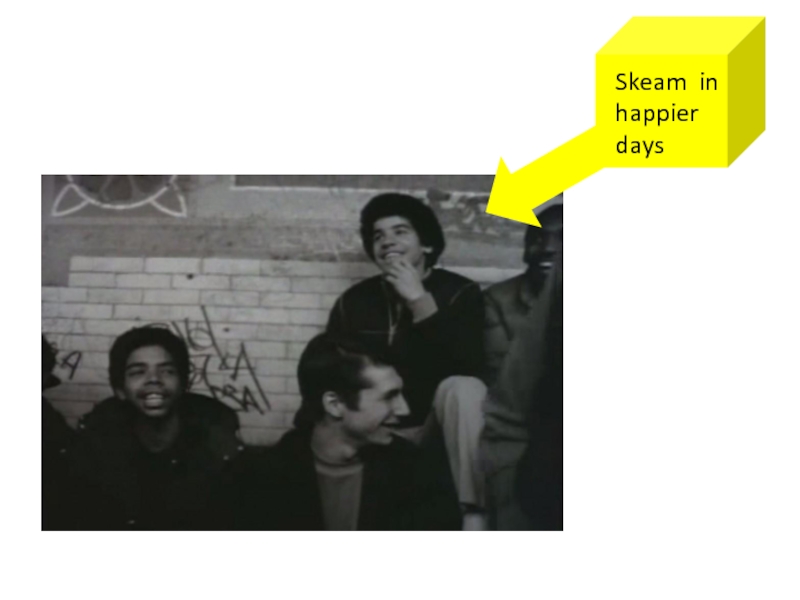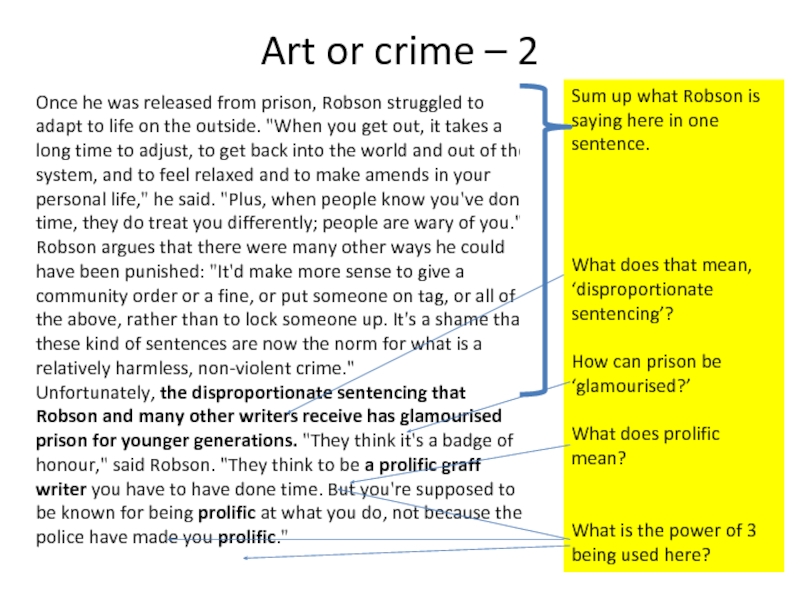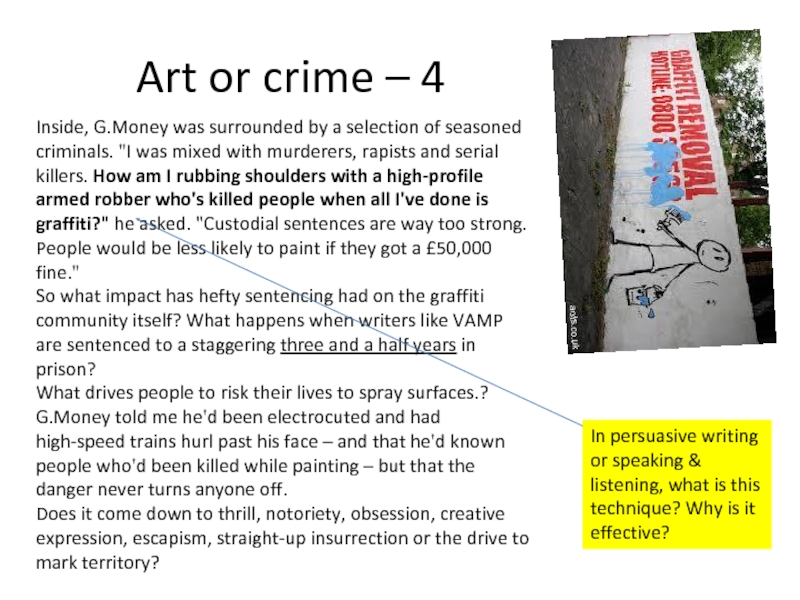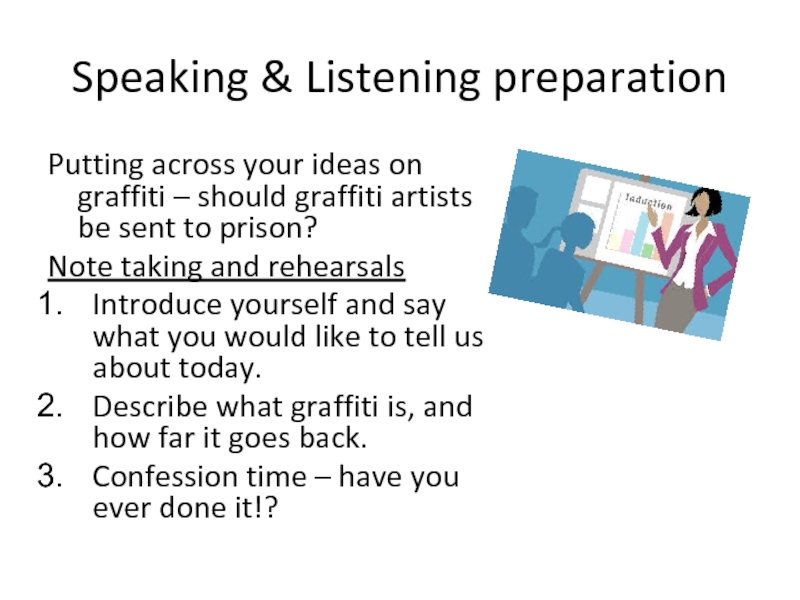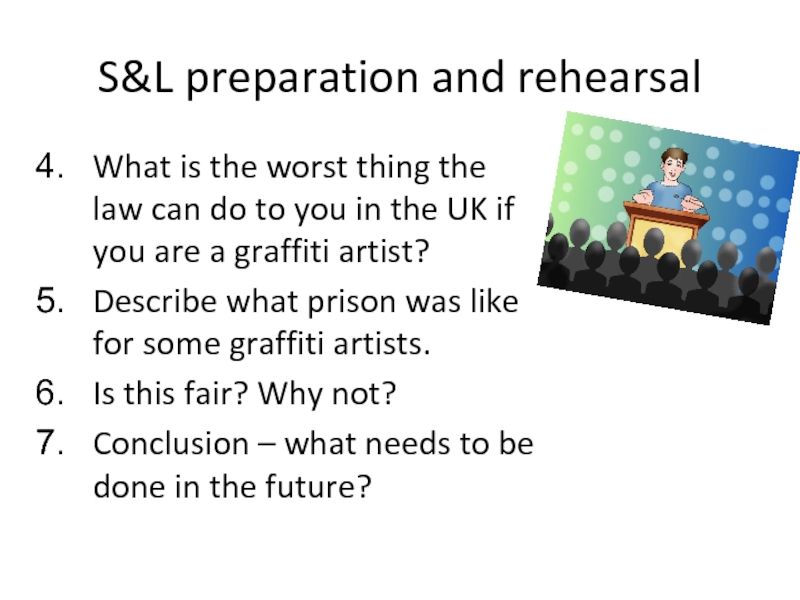L1: Take full part in formal and informal discussions and exchanges that include unfamiliar subjects.
L2: Make a range of contributions to discussions in a range of contexts, including those that are unfamiliar, and make effective presentations .
Reading
L2: Select, read, understand and compare texts and use them to gather information, ideas, arguments and opinions
Select and use different types of texts to obtain and utilise relevant information
Read and summarise, succinctly, information/ideas from different sources
Identify the purposes of texts and comment on how meaning is conveyed
Detect point of view, implicit meaning and/or bias
Analyse texts in relation to audience needs and consider suitable responses
October 2017. Kindly contributed by Sean Delaney, PRU, Bexhill, Sussex. Search for Sean on www.skillsworkshop.org
Please refer to the download page for this resource on skillsworkshop for detailed curriculum links and resources including a second related PPT by the same author.
